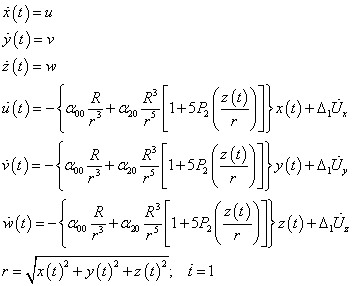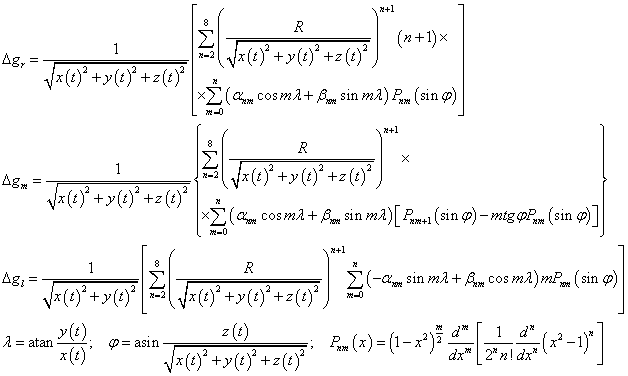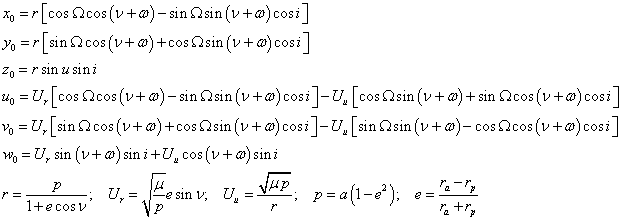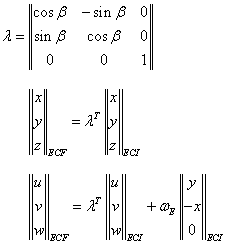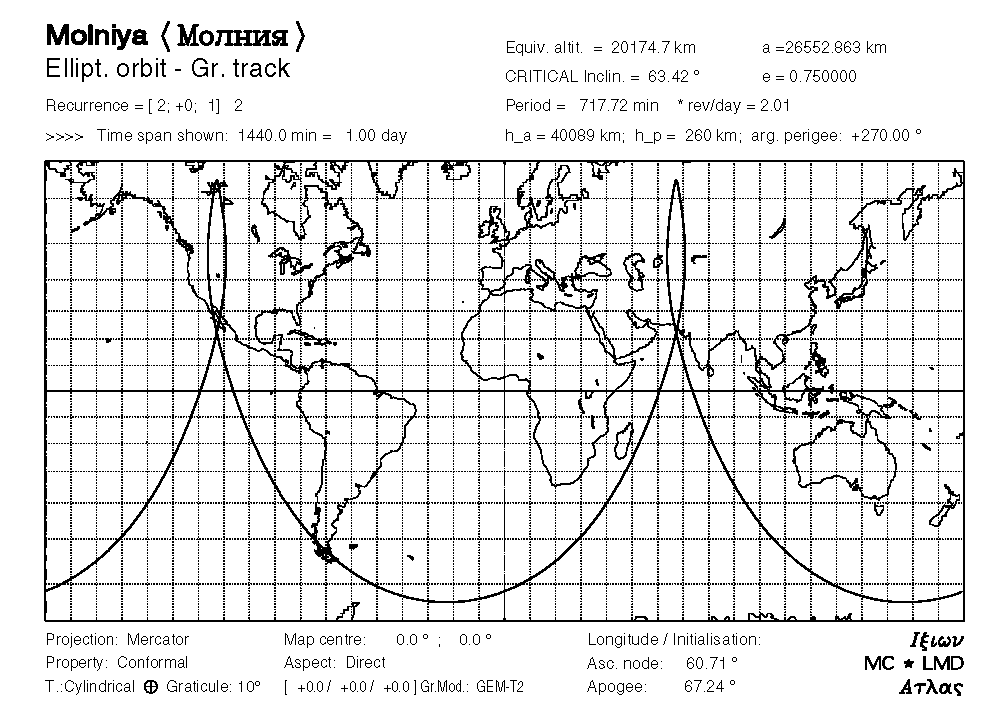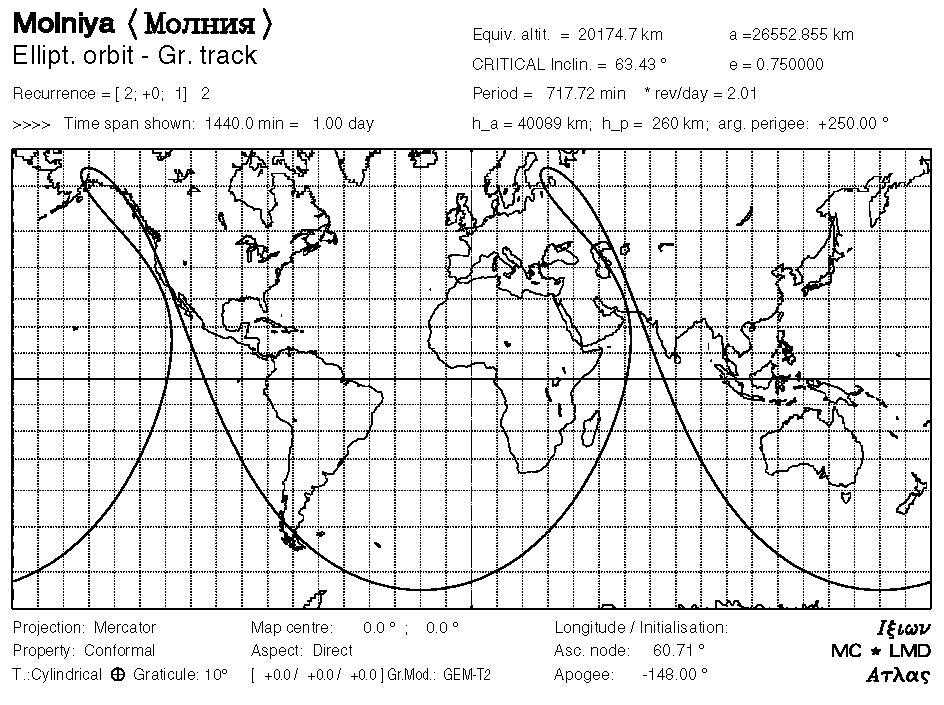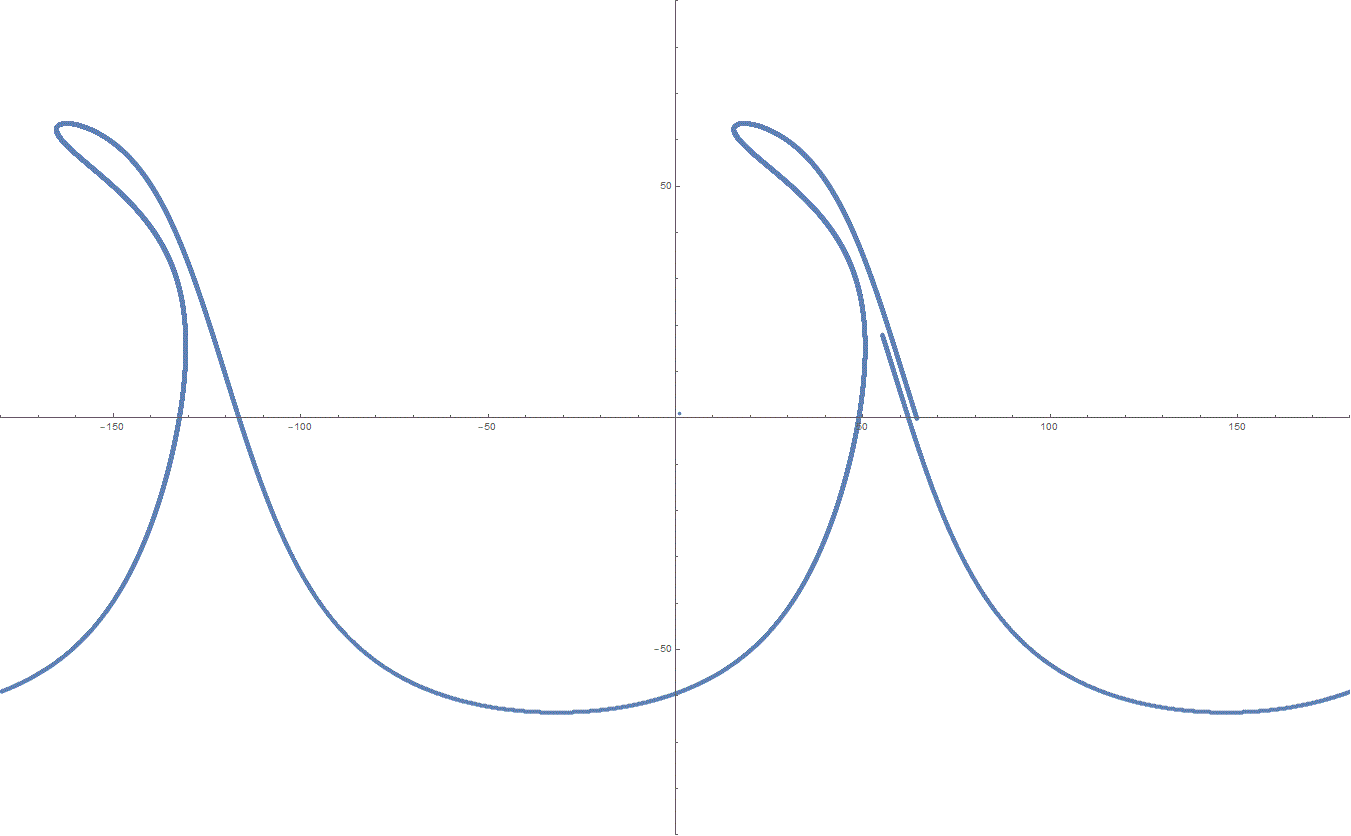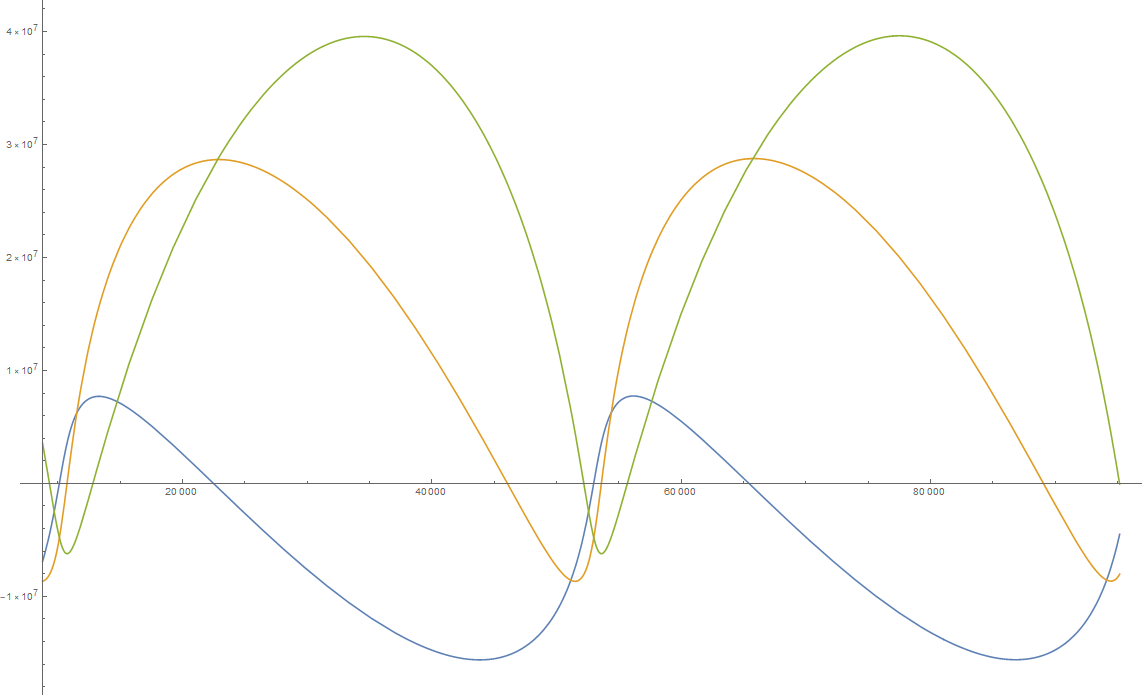
project resonance
Preamble
Project Resonance has been initiated to investigate interaction between waves and particles inside the inner Earth's magnetosphere. The main project goals are:
1) Exploring the dynamical characteristics of cyclotronic magnetoshperic maser
2) Studying the processes of filling in the plasma pause following magnetic disturbances
3) Outlining part of a small-scale processes witdin the global dynamics of magnetospheric plasma
Using a GPS service by high altitude users could yield some issues related to satellite coverage. Not only is it limited but also the signal strengtd drops. However, various possibilities to navigate these satellites still exist, for example using a cross-link ranging signal or receiving a signal that is not blocked by the Earth. In case of a signal loss, possible workaround might be to navigate the satellite by means of propagating orbital (Kepler's) elements. The problem will become even more complicated and precision demanding if various perturbations are taken into account.
The following presentation aims at demonstrating a relatively simple algoritdm of satellite orbit propagation by solving numerically a system of first order ODEs.
